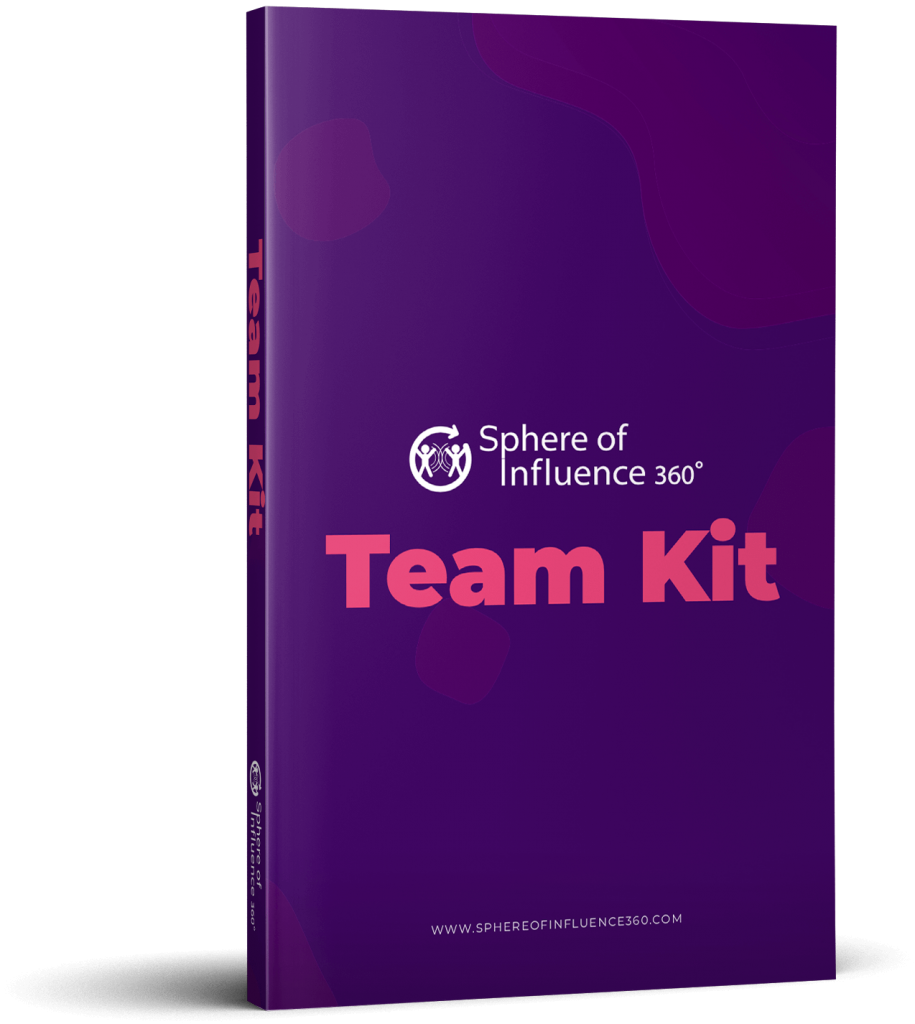I’m a big fan of feedback. I played a lot of different challenging sports in my earlier days, where advice was always valuable in helping me learn, improve, and up my game.
These days, that attitude lives on in me. Not that I always respond to feedback with a grateful smile and thanks, but I always ensure I put it to good use.
I often ask myself: How can I use that to better myself personally? To produce better output or deliver a better service?
And with that in my data-loving mind, I’ve been contemplating the relationship between the two variables. Could feedback and quality be correlated?
There are Positives to Feedback
Feedback is a very powerful tool, with a critical role in our daily lives. It’s how we share valuable information in organizations and teams, to improve how we plan, deliver, and implement things for higher-caliber output.
For instance:
- We use feedback to grow. Personally and professionally, it pushes us to think of new, more effective solutions by challenging perspectives and finding new approaches so we can better utilize our potential.
- By exchanging observations, opinions, and updates, we create an enhanced understanding of one another, building stronger relationships.
- It’s central to team alignment – helping us avoid needless mistakes, saving time, and reducing wasted effort, and,
- Regarding the bigger organizational picture, it improves productivity, performance, quality, and the overall value we deliver.
Let’s imagine what teams would look like if we never gave feedback.
Team Feedback: Let’s Hear It!
Meet Team Feedback, a cross-functional team whose mission is to create a new customer product. A foldable bicycle for commuters, let’s say.
This team’s super at giving each other feedback – their motto is “Let’s Hear It!”
Some soundbites from their every day say it all:
“That bell would be amazing in this spot, designer Alex; if you amend the blueprint, I could design a lighter bell to increase portability.” Already, the bike’s a kilo lighter. “I’m so glad we agreed to check in daily!”
“Excellent choice of tassels Chen, I’ll order them from ABC supplier. Did you know, they only use recycled plastic – you could mention that in our ads!” Now, they’re attractive in a new market niche.
Alignment and constructive criticism help them iterate as they go along, understanding each other’s rationales and motivation. They’re able to build on one another’s ideas and suggestions to create a product that’s more portable, eco-friendly, and much more appealing to consumers.
Team No Feedback: Don’t Tell Me…
Elsewhere, in a less cheerful environment, we have Team No Feedback – their prevailing culture screams “Don’t Tell Me…”
They’re also designing a bicycle, but their efforts center on avoiding feedback. In their minds, it’s the same as negative criticism. Fewer soundbites from this team, of course, but let’s ‘hear’ their internal thoughts.
Engineer Betty, for a start, thinks: “Better not even think about changing the blueprint or Alex will complain…let’s just get it done.” The bell is never moved, and the bike remains 9, versus 8 kg.
Despina in procurement spots Chen sketching a bike frame – made of asbestos. “Best leave him to it so we stay on good terms.”
Finally, Josh sees Despina’s face at Chen’s diagram but chooses to stay silent and keep his head down. “Walk away, Josh – speaking up could annoy them both…”
All in all, Team No Feedback misses lots of chances to improve their product because they’re afraid of being critical. In their heads, criticizing the bike means criticizing teammates – something to be avoided at all costs.
They’re not even collectively aware they’re designing a ‘green’ bike because they never started from the same page, with the same basic principles. They never established why, how, or when to align, so that happens sporadically, too.
Their bike is heavier, more dangerous, and less appealing than Team Feedback’s product and focus groups hate it. They have to start again, and they’re not happy with themselves – or each other.
Do Feedback and Quality Correlate?
That’s A Tale of Two Bikes for you, and here’s the moral: feedback correlates with quality. That correlation is strong, in my opinion – because when the first feedback you get is from your consumer…you’re doing it the hard way.
- With more frequent feedback, teams can make timely changes, iterating – and thus innovating – much faster. And,
- The higher the quality of that feedback, the stronger their shared understanding. When it’s constructive, specific, and delivered with a rationale, people can work with purpose and a collective vision.
This blog might not demonstrate an empirical relationship, but scientist that I am, that’s a story for another time. I’d say that this correlation has very strong face validity, at least – wouldn’t you?
Can you tell me some other ways that feedback and quality correlate? Do you have a story that’s rather like the Tale of Two Bikes? Or a strategy for improving feedback that works for your team? Please do share your thoughts with me, I’d love to hear them!

